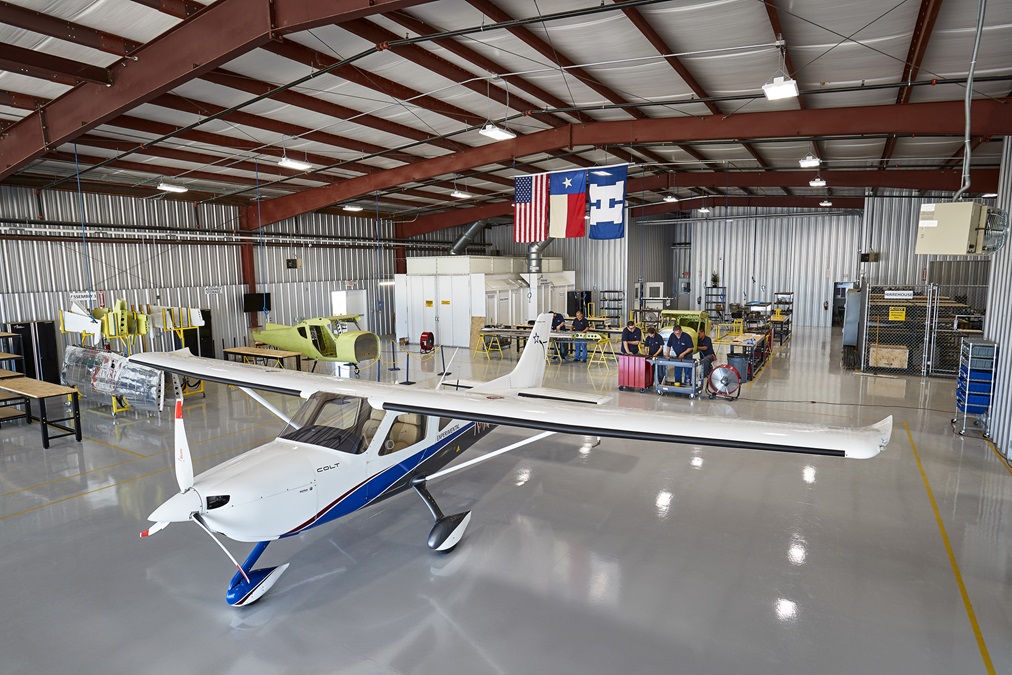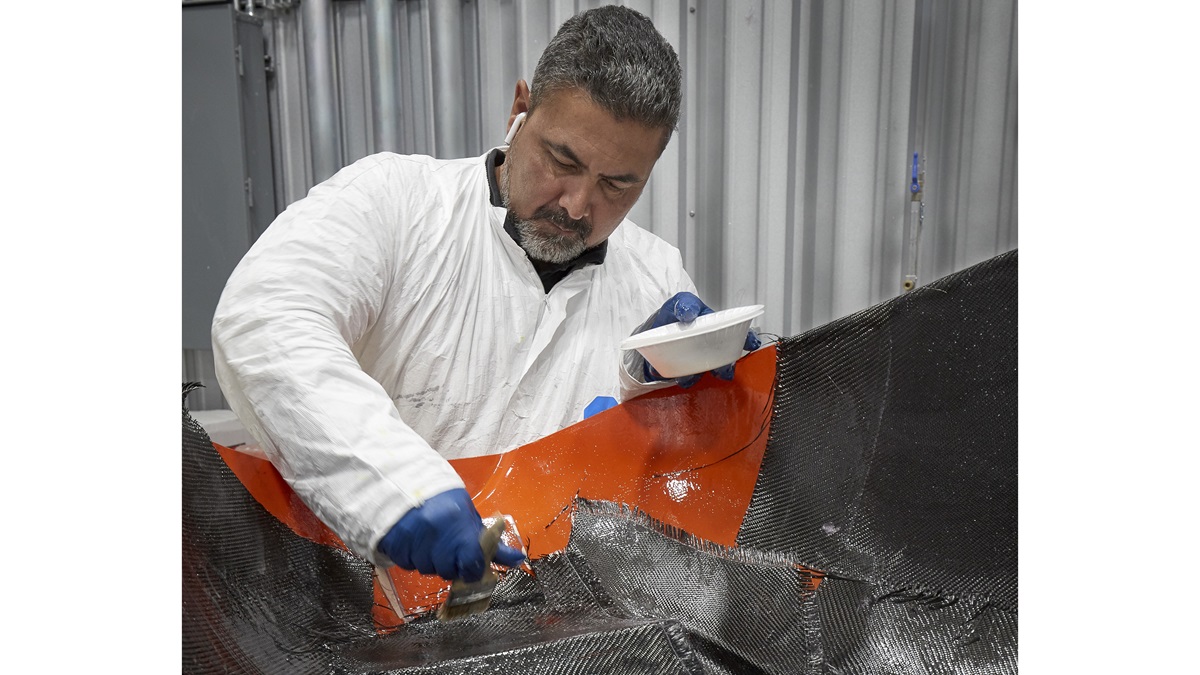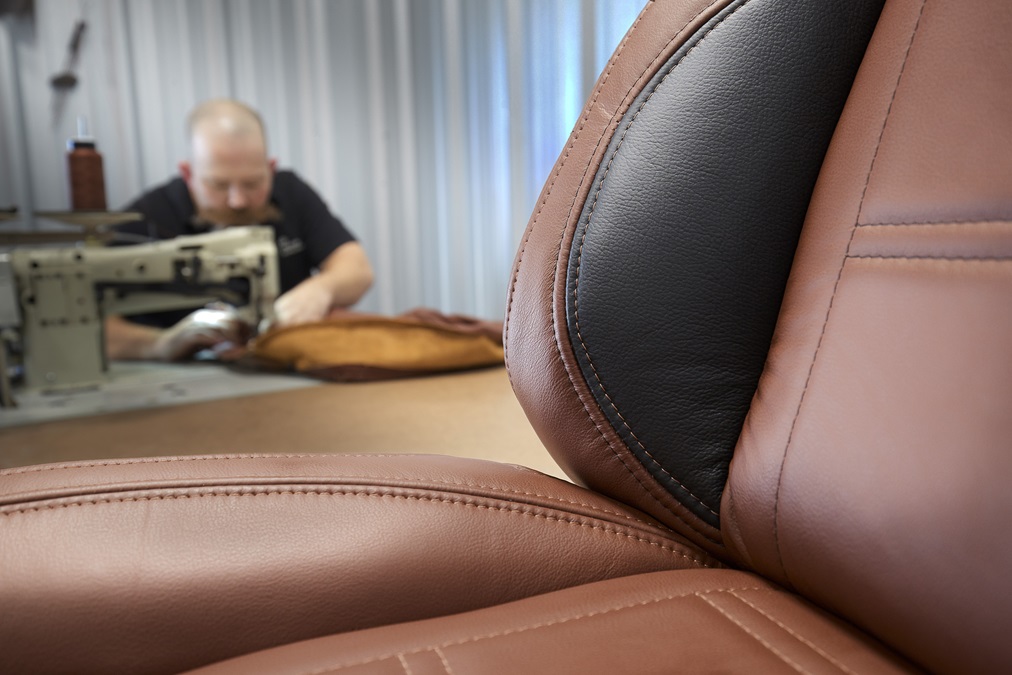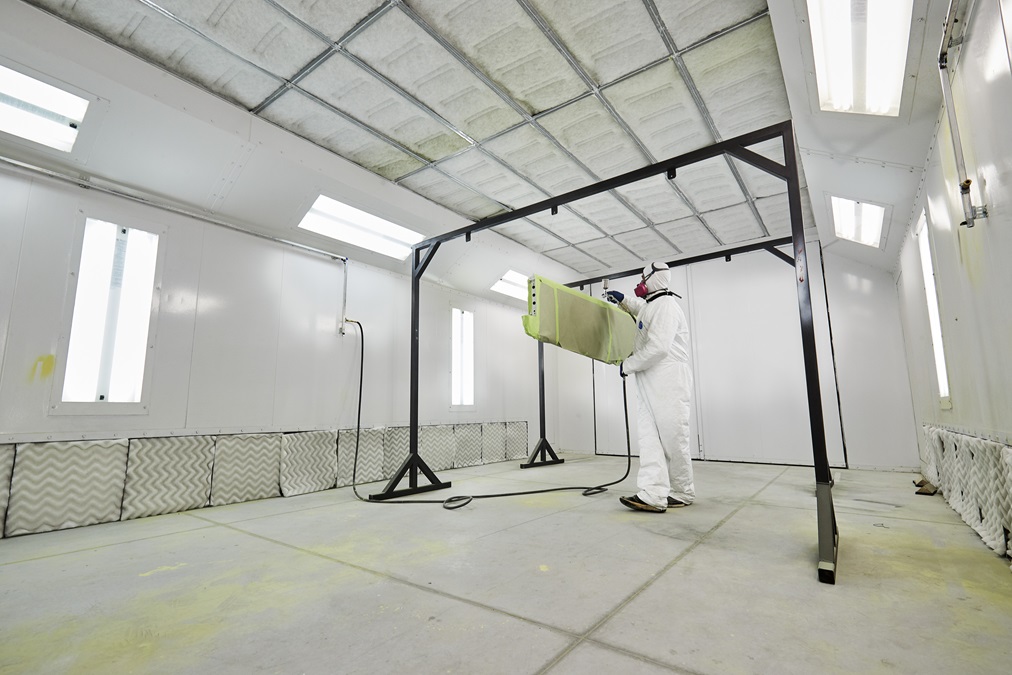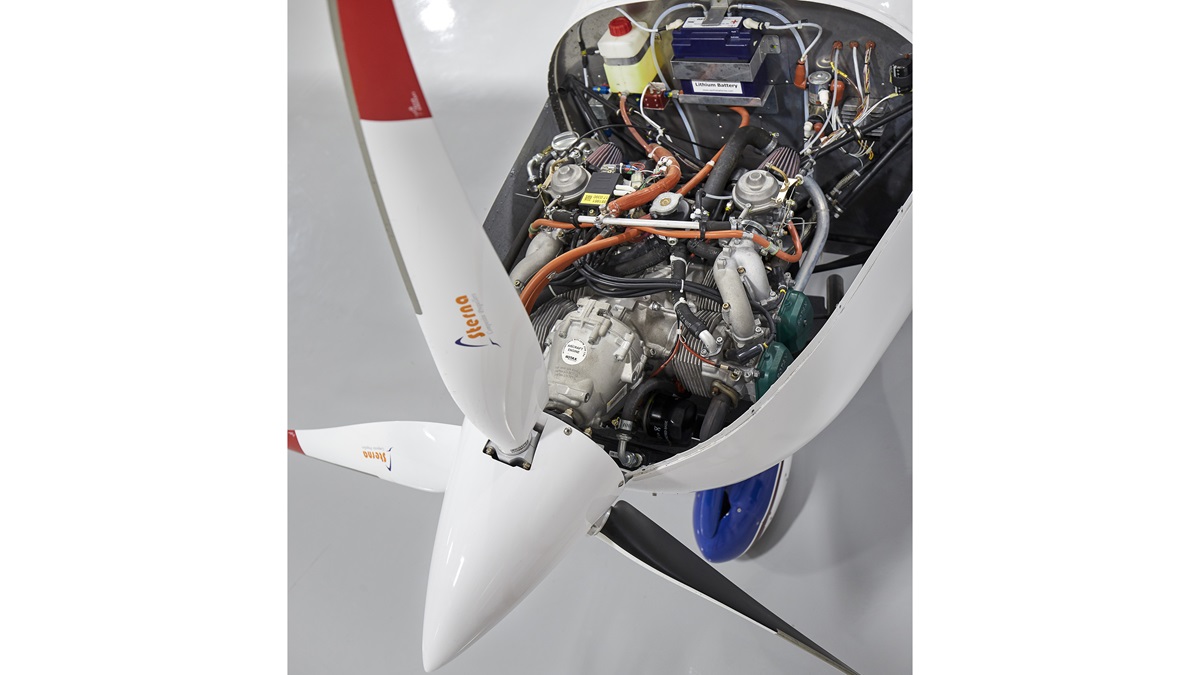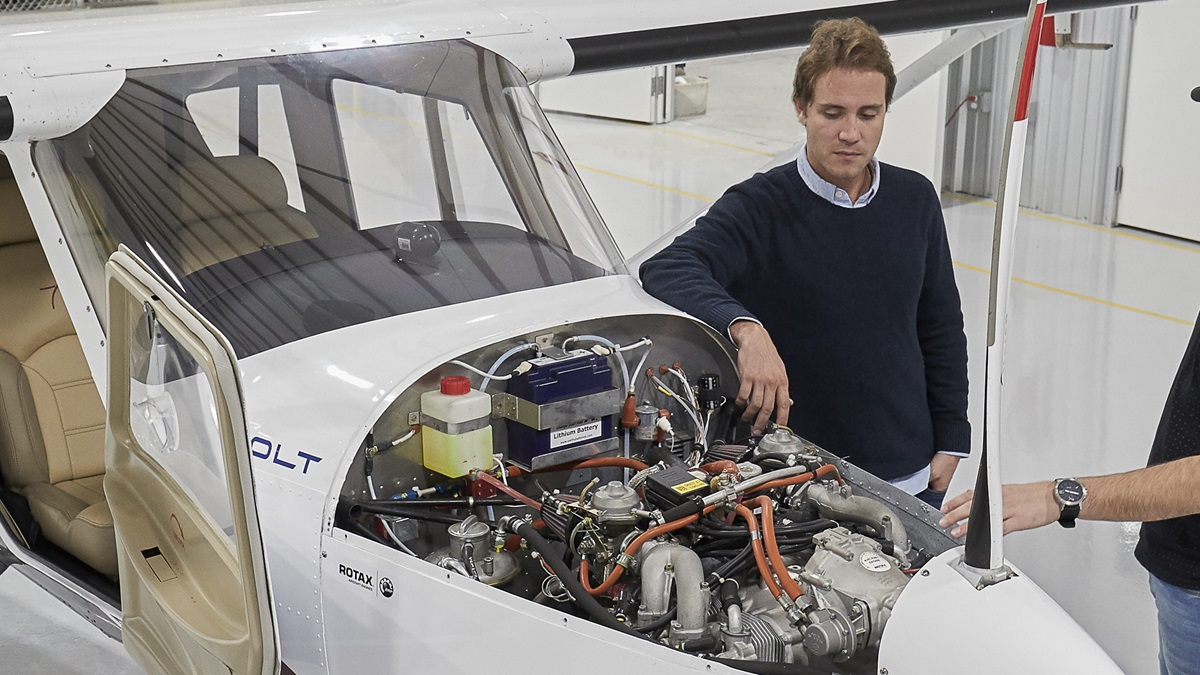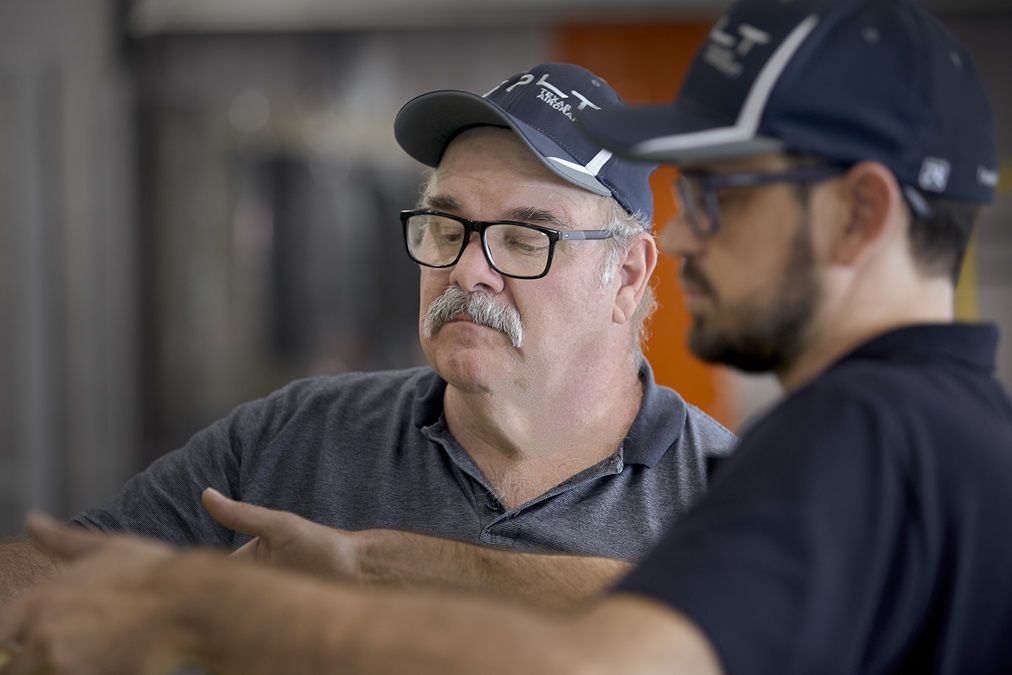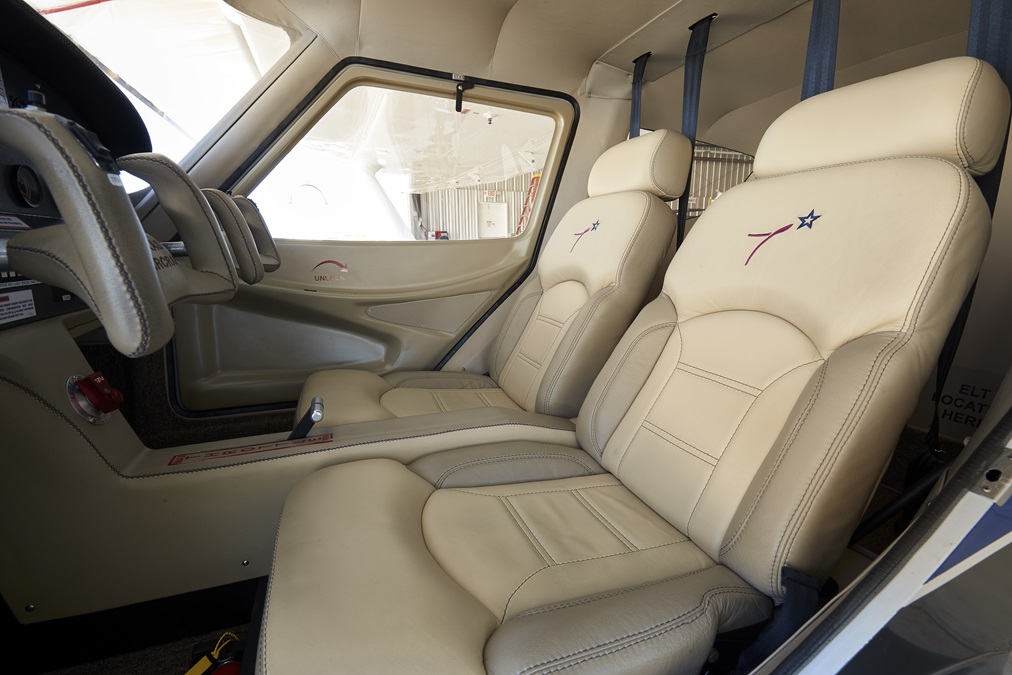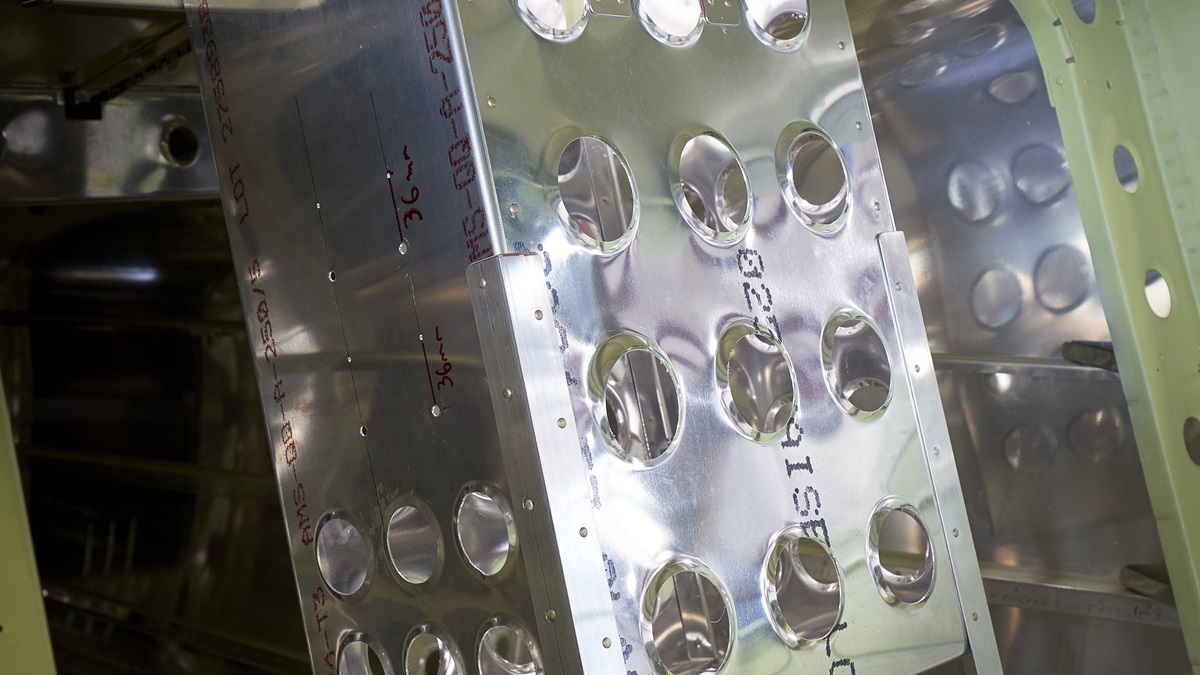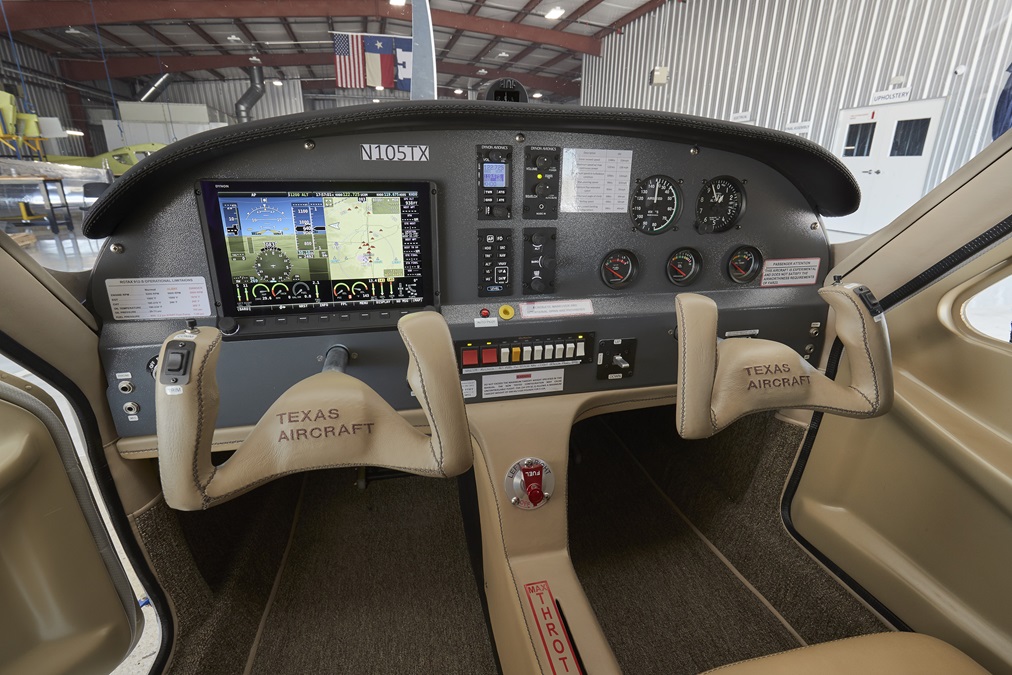Texas de Brazil
A passion, a prayer, a deal, and a Colt
“It’s easy, it’s forgiving,” says Vivanco. “It’s not going to try to kill you….I love it.”
We’re flying the prototype of this metal, high-wing Light Sport aircraft as the Hondo, Texas-based company rushes toward ASTM certification and the first production aircraft take shape on the factory floor. Company founders hope the Colt’s docile flight characteristics will help earn it a place in the U.S. flight training market.
But the story of the Colt starts 5,000 miles away, with a teenager admiring airplanes on the internet.
The Conquest
The Texas Aircraft headquarters parking lot is full at the otherwise sleepy South Texas Regional Airport at Hondo. The first employee I meet spreads the word in Portuguese that I’ve arrived, and a man in jeans and a Texas Aircraft baseball hat appears in the office hallway.
“I’m Matt,” he says, shaking my hand. “Matheus.”
Matheus Grande, founder of Texas Aircraft Manufacturing and CEO of its sister Texas Aircraft Brasil, is a lawyer from São Paulo, Brazil. Now a private pilot, he recalls feeding his interest in flying as a teenager by admiring photos of the Inpaer Conquest 180, a Brazilian two-seater designed by Caio Jordão. At the time, Brazilian regulations permitted manufacturers to assemble kit and homebuilt designs, and Jordão had founded Inpaer in 2001 to manufacture a variant of an ultralight he had designed and built for himself. The Inpaer Conquest 160 fiberglass ultralight with fabric wings led to the Conquest 180 and three- and four-place versions, and by 2012 Inpaer was manufacturing 10 aircraft a month. In 2014, Jordão sold the company and moved back to his hangar in Campinas, Brazil, where he started a maintenance shop.
In the meantime, Grande had earned his private pilot certificate. He and his father had visited the Inpaer facility, attended Jordão’s hangar parties, and nurtured an interest in the Conquest. So when Grande received a marketing email from Jordão advertising used aircraft for sale in 2015, he proposed to his father that they buy one together. But before they made an offer, his father suggested they pray.
The used aircraft was 140,000 Brazilian reais. But after the prayer, Grande says his father surprised him with a pronouncement: “While we were praying, God told me we should buy this aircraft for 90 [thousand].” The two agreed they would go up to 96,000 and no more. Grande left the negotiating to his father, who went back and forth for about a week with Jordão, then told the designer about the prayer. Jordão, also a religious man, let them have the airplane for 96,000 reais.
“He was feeling different that week,” explains Grande. “Everything was different about that negotiation.” He thinks Jordão may have lost money on the deal, but it solidified a friendship that led to the Colt.
“I believe that’s when God started doing the work,” he says. “If I had not bought that aircraft, we would not be here.”
By 2016, Brazil was requiring all factory-built aircraft to comply with either Light Sport or Part 23 standards, and the Conquest was out of production. Jordão had returned to his maintenance company but had another, ASTM compliant, aircraft in mind. Meanwhile, investor and lapsed pilot Carlos Augusto Amaral Paes de Barros, Grande’s friend through endurance horse racing (hence the name Colt), was looking to do a project in the United States. Grande brought together Jordão, his son Diego, and Paes de Barros, who became the company’s founding partners.
“We decided, ‘Let’s do it,’” Grande says. “‘And then we figure out how.’”
Pony ride
Light Sport specifications are narrow—1,320 pounds maximum takeoff weight, maximum airspeed in level flight of 120 KCAS, a maximum stall speed (VS1) of 45 KCAS—so a newcomer doesn’t stand out by being the biggest or the fastest. Manufacturers have to fill a niche, and Texas Aircraft is betting flight schools and students will want something familiar and sturdy. Aluminum construction with solid rivets, wings tested well beyond ASTM-required load testing, integrated landing gear, and a chromoly steel tube survival cell make the aircraft “insanely robust,” Grande says. A Galaxy GRS 6/600 SD Speedy parachute rounds out the safety package.
At 23 feet 3 inches, the Colt is long for an LSA. The 12.75-cubic-foot baggage area can carry up to 44 pounds, and the cabin is wider than a Cessna 152’s at 43 inches. There’s plenty of legroom—too much, as it turns out, for my five-foot frame. Grande makes a note about seat rails for the production models, and we fetch extra cushions from the upholstery room.
Although the wings and fuselage are aluminum, the cowling, fairings, and wheelpants are lightweight carbon fiber. A castering nosewheel allows for tight turns while taxiing, but sharp maneuvering isn’t necessary on this vast, former military airfield. Runup is normal for a Rotax 912 ULS.
On takeoff, I rotate at 50 knots with 15 degrees of flaps and climb at 65 knots and about 800 fpm. Accelerating through 80 knots on climbout, I forget to retract the flaps and the Dynon scolds me through the headset: flaps overspeed. A full Dynon panel with 10-inch SkyView HDX, Mode S transponder, two-axis autopilot, radio, intercom, and engine monitoring system comes standard for the SL model’s $167,000 price tag.
At altitude, the handling is smooth and responsive. A yoke is familiar to anyone who trained in Cessnas or modern Pipers, but unusual for LSAs. The controls feel heavy for such a light airplane, and it’s difficult to overcontrol.
Rolling into a steep turn at 80 knots, the inside of the horizontal situation indicator turns into a G-meter, and I’m reminded that the infinitely configurable SkyView can show you everything you never knew you needed. An angle of attack indicator appears at high angles of attack, and Vivanco toggles through different views in case I want to expand the synthetic vision, or focus on a map.
Thrown into a nose-high unusual attitude, the autopilot Level button smoothly recovers while I sit back uneasily and think, Shouldn’t I be doing something?
Back at South Texas Regional Airport at Hondo, we have our pick of four capacious runways. The windsocks don’t agree with each other or the ASOS, so we switch from Runway 17 Left to 13 after encountering a greater-than-anticipated crosswind. Vivanco recommends 75 knots abeam the numbers and 65 on final in light gusts like today, but once pilots are used to the aircraft they can fly final approach at 55 knots in steady wind.
Flaps offer unlimited setting options up to 45 degrees. I turn final high with 15 degrees of flaps, and it seems for a moment like we’ll never come down. Vivanco suggests full flaps, and the descent steepens dramatically. “It’s like speed brakes,” he says, and the airspeed bleeds off for a normal roundout and flare.
American made
When news of a new LSA out of Texas leaked in March, one phrase stood out in all the coverage: American made. The Colt was an American LSA, built in Texas, employing U.S. military veterans, company officials emphasized. But the Colt was designed and the company founded by Brazilians—so why was it so important to identify with its adoptive home? For that matter, why build the aircraft in the United States at all? Plenty of LSA manufacturers ship their aircraft to U.S. distributors from overseas.
Grande says a volatile Brazilian economy and the simple desire to start a business in the United States influenced the decision to base manufacturing here, but mostly the company wanted to be where the market was. Most potential buyers are in the United States, and supplies such as rivets, aluminum, and avionics would be shipped from the United States, anyway. Seeking a state with a strong economy and a lot of aviation manufacturing, they settled on Texas.
“I took a car for a week and I drove all around Texas,…all airports you can imagine,” Grande says. Hondo stood out for its community support and airport—a quiet field with four runways, ideal for flight testing and training.
During my visit, a team from TA Brasil train American manufacturing staff while others cut metal and mold composites in a sprint to have the first production aircraft—and accompanying ASTM paperwork—ready in time for EAA AirVenture. Grande says the facility can produce one aircraft per month currently, but he hopes to amp up production to three per month next year.
And Texas Aircraft has even bigger plans. Research and development continue at TA Brasil’s Campinas facility as that company works on a four-seater, and Texas Aircraft recently signed an agreement with Siemens eAircraft to develop an electric version of the Colt. These seem like good bets: Light Sport category changes on the horizon may allow for certification of four-seaters and electric aircraft under less-costly ASTM International rules.
But first, the Colt. Texas Aircraft is entering a crowded field of factory-built LSAs. It’s impossible to predict exactly where a manufacturer will find its niche, but the Colt is sturdy, predictable, and familiar—attributes that appeal to flight schools and private owners alike. Sophisticated avionics and a parachute tip the scales for some buyers. And, this all-new, all-American LSA comes with a family tree of Inpaer designs that have logged some 150,000 flight hours in Brazil.
That’s a good start out of the gate.
Email [email protected]


